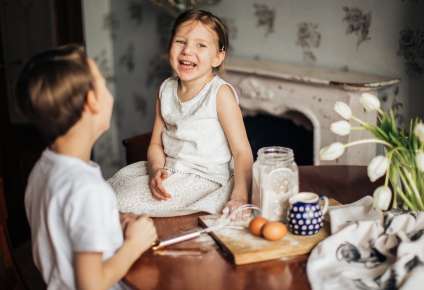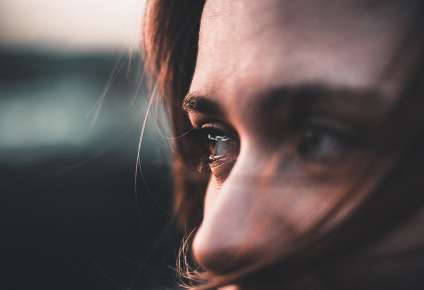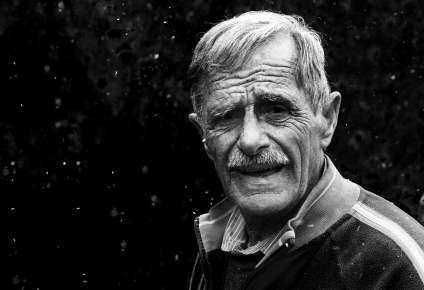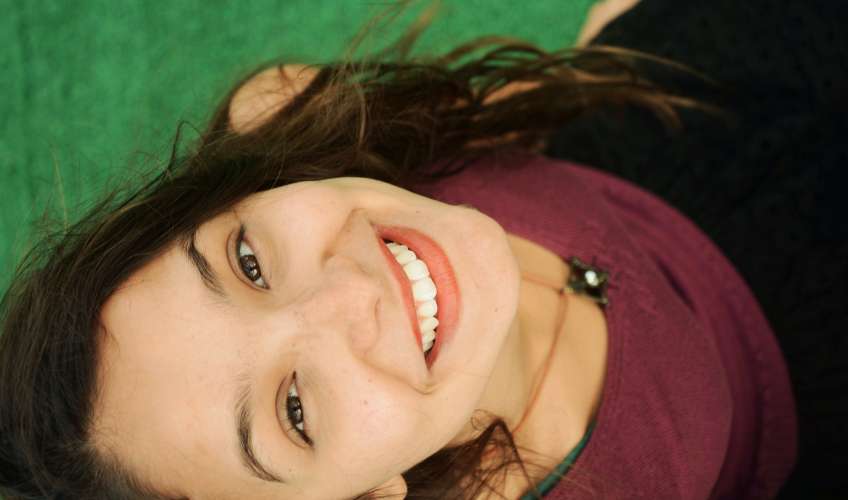How to capture live emotions in a frame
Published: 19.10.2021

No matter how professionally you master various techniques and tricks of photography, if there are no emotions in the picture and the photograph does not evoke any feelings, it will quickly be forgotten. The main task of a good photo is to evoke emotions. It could be the delight of a beautiful landscape, the tenderness of a photo of a small kitten, sympathy for a sad shot, and so on. If a photo does not evoke emotions, even with perfect lighting and a well-chosen composition, it will not attract attention.
Capturing live emotions is quite difficult, many people feel awkward and unsure in front of the camera. Trying to portray an emotion on camera often looks unsuccessful, viewers notice when facial expressions are artificial and forced. To achieve genuine emotions, it is best to take reportage photos and capture moments when people are most relaxed and feel free. Observe people, learn to recognize emotions and always be ready to press the camera shutter button. Let's consider what can be done to capture live emotions in a frame and how a photographer can best act to create emotional photos.
What should be paid attention to in order to achieve sincere emotions
There are no specific rules on how to capture emotional photos. Emotion is a person's reaction to internal and external stimuli. Emotions are not static and cannot be summoned on command. Even professional actors sometimes struggle to portray a certain emotion. If you are photographing ordinary people, rather than professional models and actors, it's better not to ask them to portray something. Instead, ask the person to behave as naturally as possible, and not to make faces. We recommend paying attention to the following points:
- One should not repeat the cliché phrase: "Say cheese." Forced smiles look unnatural and do not add any charm to photos. If the model is in a bad mood and does not want to smile, do not make her show artificial joy. Sadness, melancholy, thoughtfulness look just as attractive in photos. There are no bad or good emotions, they all have their value and meaning. Sometimes tears in a photo evoke a greater response than joy and smiles.
- Pay attention to people's emotions and capture them on camera. Even if a photographer wants to capture something fun and joyful, it is not worth directing the shoot and making people act. Children, in particular, do not portray emotions well. Often, in front of the camera, they simply shut down and behave in a way that is not desired. It is better to observe the child's behavior and capture what they do with pleasure. If a child is engrossed in their toy, just watch them and take photos. Under no circumstances should you shout at children or make them constantly look at the camera and smile.
- In addition to the face, pay attention to other parts of the body. A closed posture, crossed arms, and a hunched back can tell a lot about a person's state.Even without a face, you can take a photo., which will evoke strong emotions. For example, intertwined hands of elderly people will tell a story of the love that a couple managed to carry through the years. A mother's hand holding her child's small hand will speak of maternal love and care.
- Pay attention to the details. Sometimes a small thing can reflect the mood in a photo. Beads of sweat can tell about excitement, wet eyes about sadness, downturned corners of the lips about sorrow, furrowed brows about irritation. Focus on the details to enhance the emotional impact of the photograph.
How to behave with a photographer to get emotional shots
Leave the shooting of floating beauties to the professionals. Add weightlessness to funny realistic moments. For example, during a children's photo shoot or on vacation. Happy faces will fill the picture with positivity and enhance the illusion of free flight.
Use music and sound effects to create the desired mood in the frame. Music influences people's mood and emotions; if heavy music is played, people will be more tense, while with cheerful and light music, they will feel more relaxed. For example, in a noisy place near a highway or a railway, it is harder to relax than somewhere in nature, in the forest, or by a quiet river.
Pay attention to the surrounding space and conditions for shooting. In a soft chair with a blanket, the model will relax faster than on the edge of a mountain or cliff. In warm and sunny weather, people will be more inclined to be photographed than in cold or rainy weather, when it is cold and uncomfortable. Engage in conversation with the model and set the mood. If you need a smile, tell a funny joke or anecdote, if you need sadness, tell a sad story.
A lot depends on how a photographer communicates with clients when it comes to the outcome of a photoshoot. Even the least photogenic person will look better in a photo if they receive a compliment. Constant shouting, criticism, and dissatisfaction from the photographer will negatively impact the photos, even if they are shooting a professional model. A good photographer should also be a psychologist, able to guide a person towards the right emotions, create a positive atmosphere, and achieve the desired result.
Post-processing is necessary for images taken with a tripod. The final image is a composition of two or more photos. Combine the shots in Photoshop, upload them to the free editor Mapi7, and create a thematic composition.Light AlbumAnd show the world the magic.
Children are especially sensitive to the behavior of the photographer. If you make friends with them, establish contact and cheer them up, in the end you can get many successful shots with lively emotions.
Constantly monitor people's behavior and emotional reactions. Buy a telephoto lens to be able to capture emotions from a distance. This way, you can photograph a couple arguing, a child who has fallen and is upset, happy faces of lovers, and much more.











